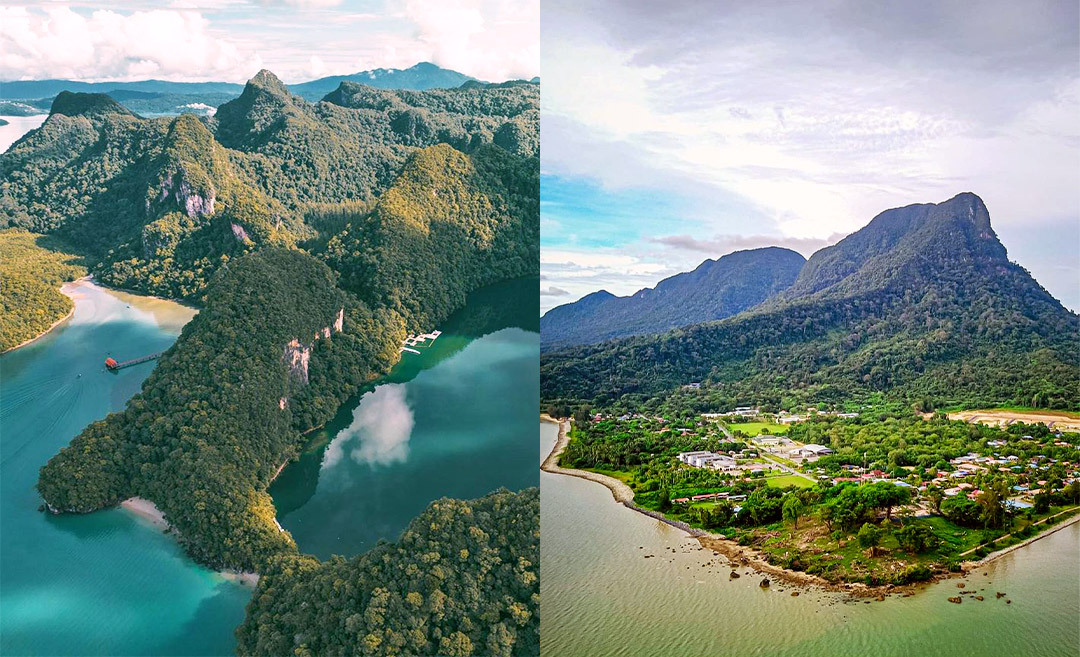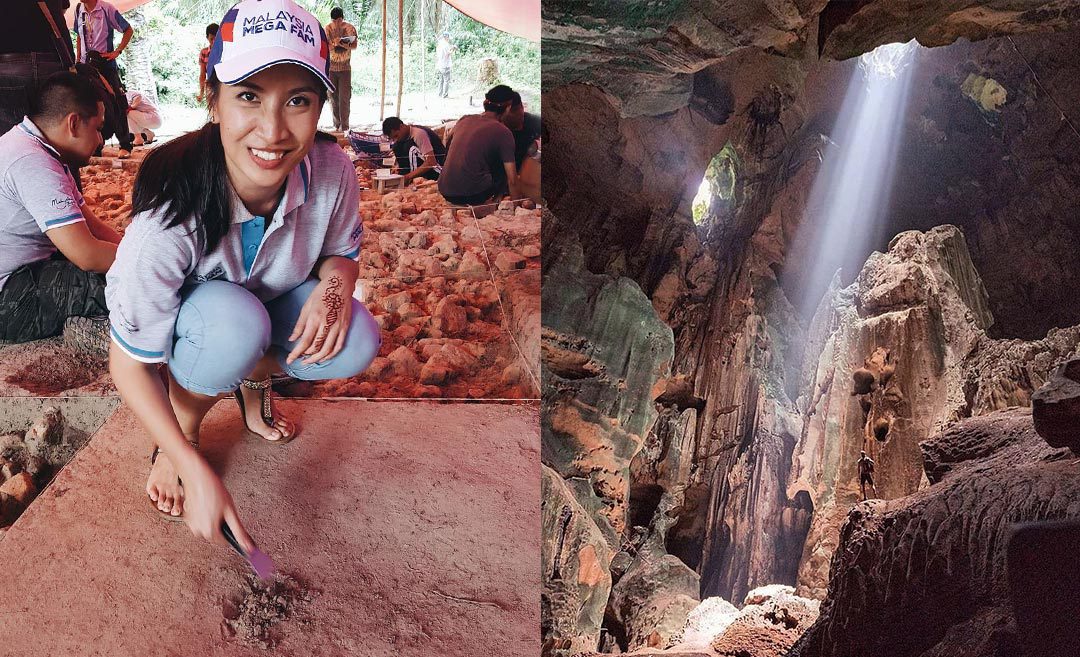It’s no secret that Malaysia is filled with tales of wonders and legends that were passed down for generations. Our multicultural country beholds an amalgamation of races that make up our unique identity and can be traced back to history.
As Malaysians growing up in a cultural mosaic, ask anyone about iconic legends that shaped our country, and they’ll invite you to sit down for a cuppa, as there are just so many stories to share.
That being said, how many of these stories are actually true? Who knows whether Parameswara became inspired to build a trading port in Melaka after seeing a kancil (mousedeer) kicking a dog into the river?
Did Mahsuri really spill white blood as a signifier of her innocence when she was stabbed to death by an angry mob, thus sentencing Langkawi, the Jewel of Kedah, to seven generations of bad luck?
With that in mind, let’s delve deep into folklore and Malaysia’s rich history with a selection of five stories of Malaysian princesses and figure out if these legendary women truly existed.
1. Sarawak – Puteri Santubong & Puteri Sejinjang
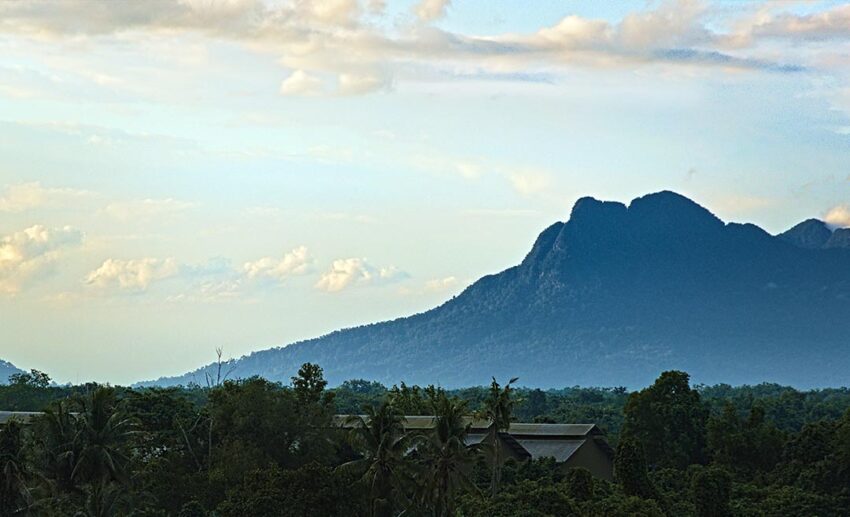
Starting off with folklore from Bumi Kenyalang (the Land of the Hornbills), there once lived two princesses who came from the heavens and were like two peas in a pod––both looked alike and were revered as beauties with melodic voices.
The princesses were sent down to Earth as part of their royal task to settle a dispute between Kampung Pasir Putih (White Sand Village) and Kampung Pasir Kuning (Yellow Sand Village). After restoring peace between the two villages, Puteri Santubong then taught the Kampung Pasir Putih villagers the art of weaving cloth. At the same time, Puteri Sejinjang bestowed the Kampung Pasir Kuning villagers the knowledge of threshing rice using an aluk (a rice thresher).
Both princesses were said to have many suitors, but somehow, both fell for the same prince named Putera Serapi. A fight between the two heaven-sent princesses ensued, and Puteri Sejinjang swung her rice thresher at Puteri Santubong’s cheek. Puteri Santubong fought back and flung her weaver at Puteri Sejinjang, causing her head to burst open.
Infuriated by the fight between the princesses, the heavenly king cursed them and turned Puteri Santubong into Gunung Santubong and Puteri Sejinjang into Pulau Kera. Putera Serapi also turned into Gunung Serapi and was located far from both princesses.
This far-fetched legend is one of the many versions told over generations; but one thing that doesn’t change is that Gunung Santubong (distinctive due to a missing chunk when viewed from a distance), Pulau Kera, and Gunung Serapi are all existing locations in Sarawak that are easily accessible to tourists.
2. Melaka – Puteri Hang Li Poh
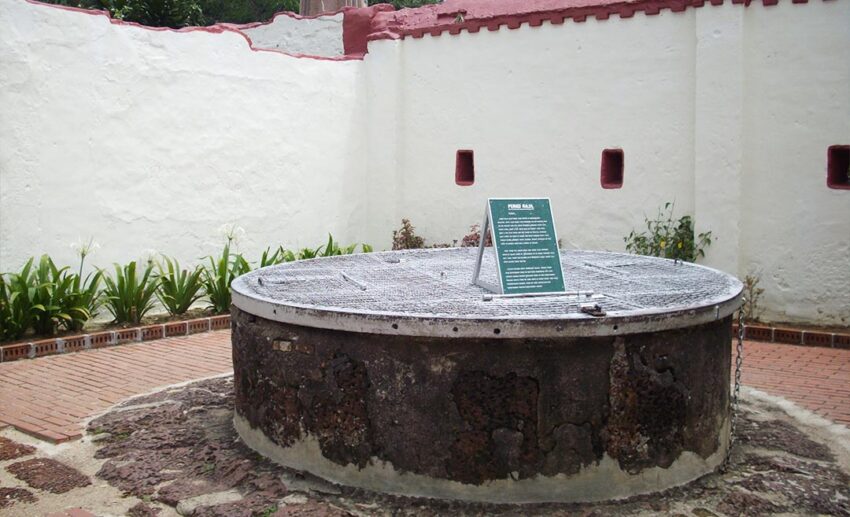
Known as the Chinese bride from the Ming Dynasty to Sultan Mansur Shah of Malacca (who was the ruler between 1456 and 1477), Puteri Hang Li Poh’s existence was documented in the Malay Annals written by Tun Seri Lanang (the Bendahara of Johor) in the 17th century. This is despite no records of her in any Ming dynasty.
As Malacca (now known as Melaka) was a renowned trading port during Sultan Mansur Shah’s reign, it is said that to strengthen the diplomatic bond with China, he sent his bendahara (treasurer) Tun Perpatih Putih on a trip to meet the Yongle Emperor with a handwritten letter. The emperor, amazed by the state’s prosperity as a trading port, gifted his daughter Li Poh to the Sultan, alongside an entourage of 500 servants and four bodyguards.
After Li Poh married the Sultan and converted to Islam, he built a castle on a hill now known as Bukit Cina. Her marriage is believed to be a happy one, as the Sultan bestowed her the title of ‘Hang’, and they had a son together named Paduka Mimat.
Bukit Cina still exists today, but the regal palace that once stood there was destroyed during the Dutch invasion, and its ruins have eroded over time. Now, it is a Chinese cemetery, and no known tomb belongs to the princess. However, a well built in 1459 by her servants still stands today and is the oldest-known water well in Malaysia.
Visit Hang Li Poh’s well at: Jalan Puteri Hang Li Poh, Kampung Bukit China, 75100 Melaka
3. Kelantan – Che Siti Wan Kembang
Famed as the warrior Queen of Kelantan, it is recorded that Che Siti Wan Kembang ruled over the east coast region of Peninsula Malaysia from 1660 to 1667. With royal descent from Champa (modern-day Central and Southern Vietnam), Kelantan, and Pattani (modern-day Thai provinces), she was renowned for her wisdom and engagement in battles via horseback with her army of sword-wielding female warriors.
Che Siti Wan Kembang is said to have never married and instead adopted Puteri Saadong, the youngest daughter of Raja Jembal. Her adopted daughter is believed to have ascended the throne after Che Siti Wan Kembang’s ‘disappearance’ into the mystical bunian world.
Despite no physical evidence of the warrior Queen of Kelantan’s existence, there are written historical records of her life and courageous deeds. Furthermore, the kijang (otherwise known as barking deer) gold coins that are said to bear the engraving of her favourite animal are actual artefacts that have been unearthed.
It is said that she had taken a liking to the animal after an Arab trader gave her one as a pet. Keen to have a closer look at the kijang gold coins?
Visit the Bank Negara Malaysia Museum and Art Gallery at: Sasana Kijang, 2, Jalan Dato Onn, 50480 Kuala Lumpur
4. Kelantan – Puteri Saadong
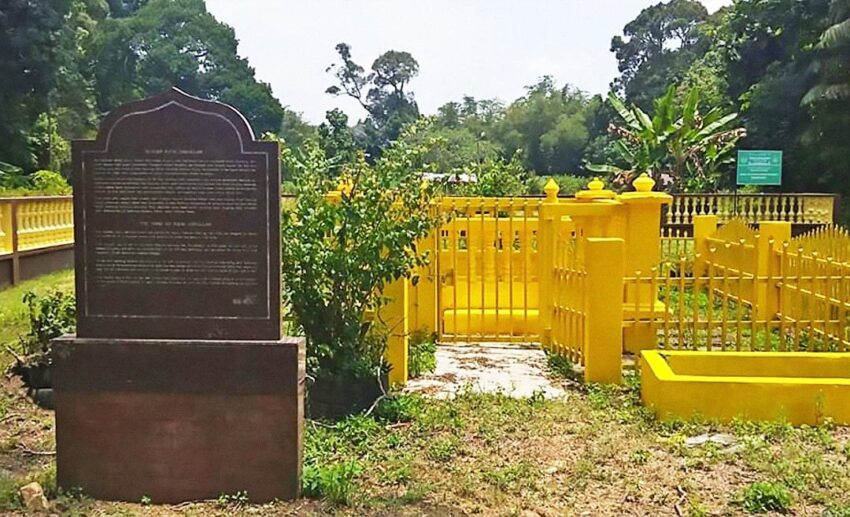
The adoptive daughter of Che Siti Wan Kembang, Puteri Saadong is also believed to possess mystical powers. Born to the Raja of Jembal (now known as the Kedai Lalat township in Kelantan), she was adopted by the famed warrior Queen of Kelantan, and succeeded her as the ruler after the queen’s ‘disappearance’.
Puteri Saadong’s story starts with her hand in marriage to her cousin, Raja Abdullah of Jembal. However, the union was cut short by the invasion of Siam (modern-day Thailand), and to have her husband’s life spared, she became the concubine of King Narai of Siam. She could only return to her beloved by using her powers to heal the ailing King of Siam.
Despite Raja Abdullah’s vow to never remarry, he eventually caved. Puteri Saadong managed to heal her captor and, upon her return to Kelantan, was greeted by the sight of her replacement, another princess who was envious of her relationship with Raja Abdullah. In a fit of rage, the heartbroken princess killed her husband with a hairpin and then ‘disappeared’.
There’s no known resting site for Puteri Saadong, but her two-timing husband’s tomb is in Bachok, Kelantan. Whether or not her story is fact or fiction, the disappearances of Puteri Saadong and Che Siti Wan Kembang seem rather… convenient, no?
Visit the tomb of Raja Abdullah (Makam Raja Abdullah) at: Kampung Padang Halban, 16400 Melor, Kota Bharu, Kelantan
5. Johor – Puteri Gunung Ledang, Johor

Last but not least, the second-highest mountain in southern Peninsular Malaysia, Gunung Ledang of Johor (also known as Mount Ophir), is said to be the home to a fabled fairy princess whose wit has made her the most well-known among all.
Legend has it that Puteri Gunung Ledang was courted by Sultan Mansur Shah (yes, Hang Li Poh’s husband) and, in an act of resistance and to test his love, set seven impossible tasks for him to complete before accepting his hand in marriage.
These conditions include:
- Constructing a golden walkway for the princess to travel to Melaka from Gunung Ledang
- Building a silver walkway for the princess to travel back from Melaka to Gunung Ledang
- Seven bucketfuls of tears from virgins
- Seven barrels of young betel nut juices from the betel tree also for her to bathe in
- Seven trays filled with the hearts of mites
- Seven trays filled with the hearts of mosquitoes
- A bowl of the blood of the Sultan’s young son
Eventually, the Sultan gave up on wooing Puteri Gunung Ledang after admitting to the complexity of the tasks. In another rendition of the story, the Sultan delivered all six challenges but stopped himself at the last one, as that would mean sacrificing his heir.
Is this story a fact or fiction? Well, there’s no known gravesite for the legendary princess. However, some believe that the Sultan delivered on the construction of the golden and silver bridges, and remnants of it can be traced to rumours of the mountain having leftover deposits. In Hokkien, it is known as Kim Sua, loosely translated to ‘Gold Mountain’.
In recent times, Gunung Ledang has been recognised as a national park and is renowned for its views overlooking the Straits of Malacca and challenging five-to-six-hour tour guide-led hikes.


